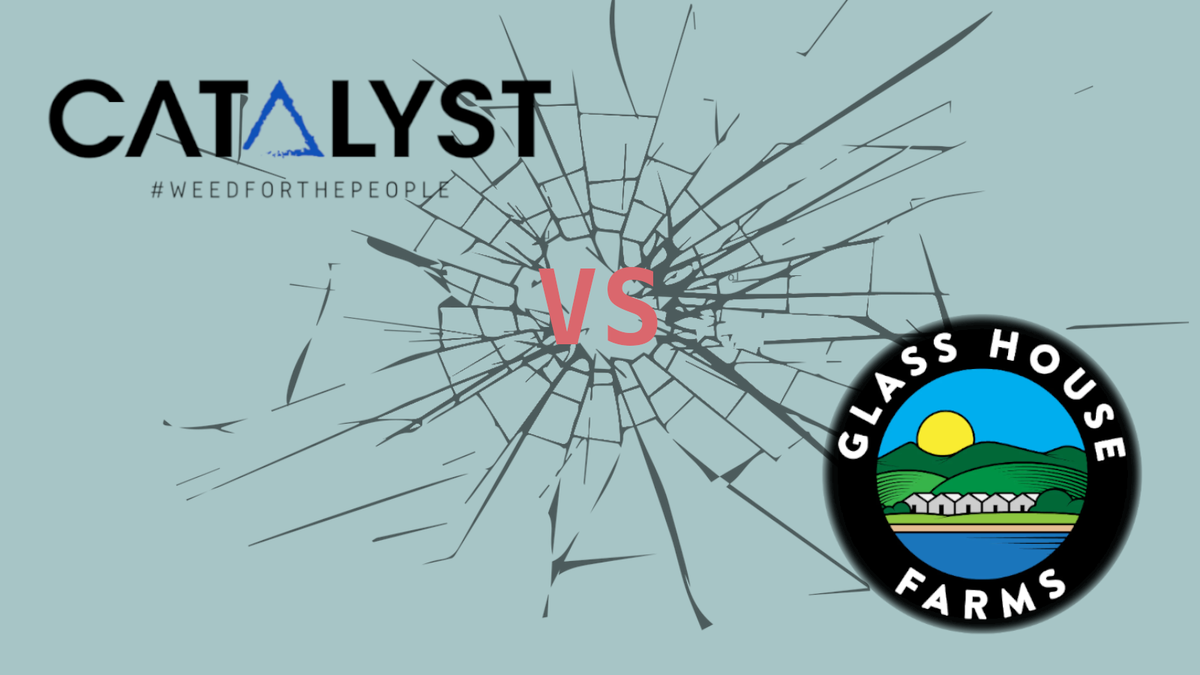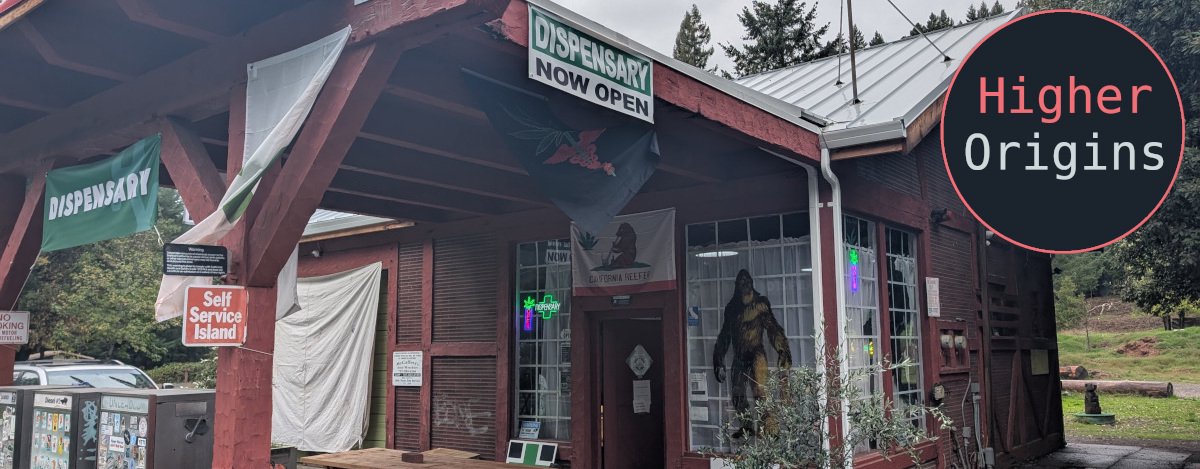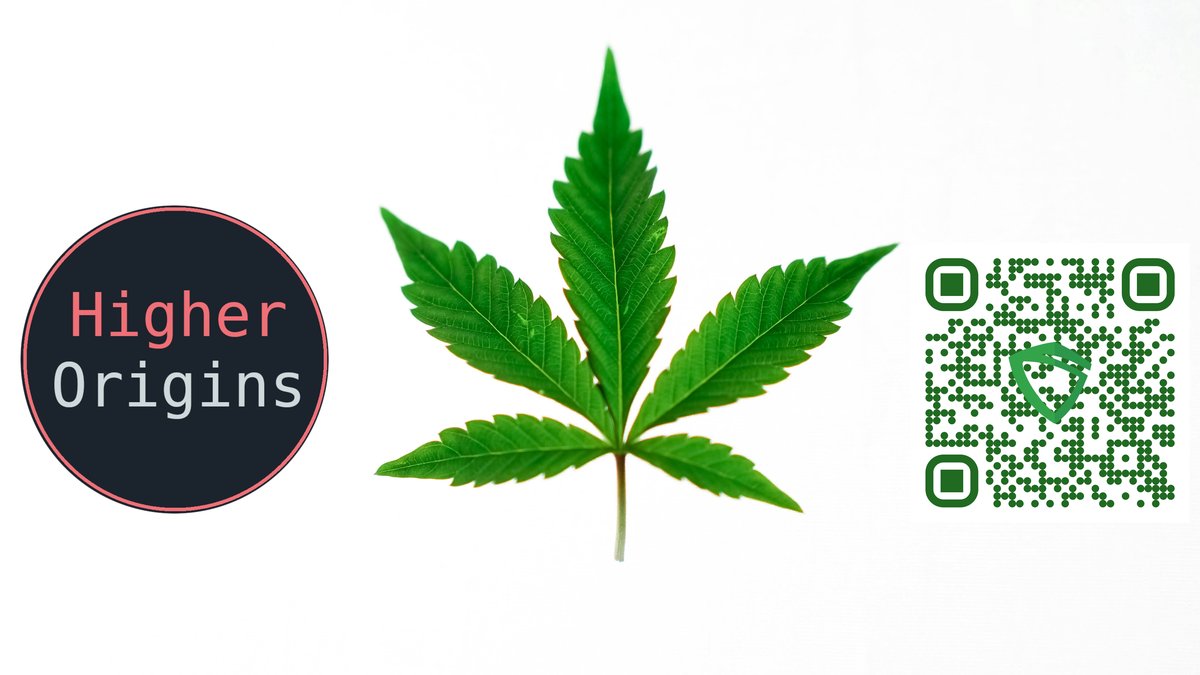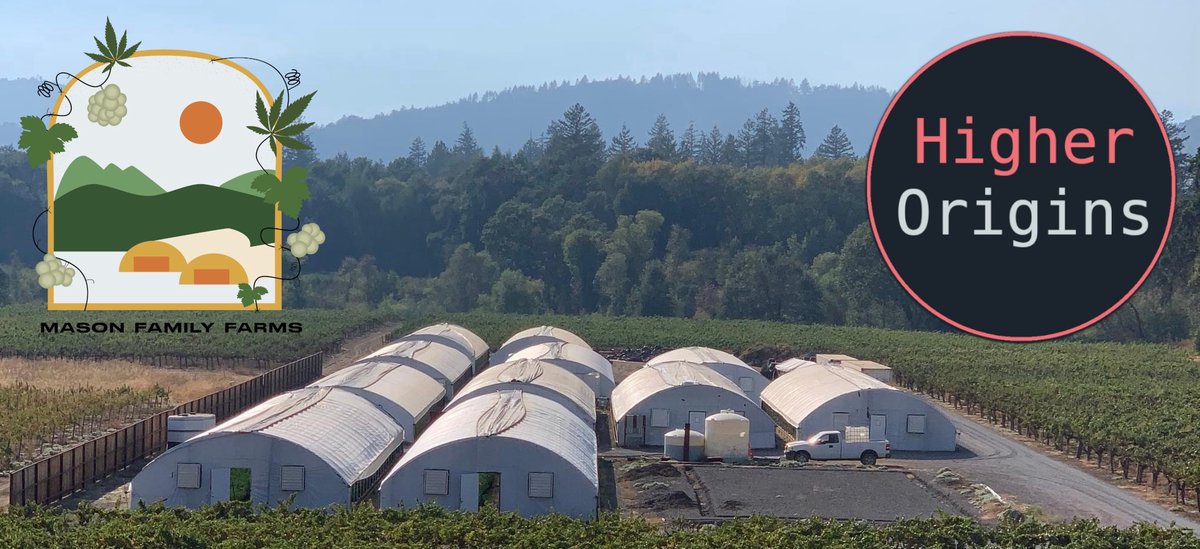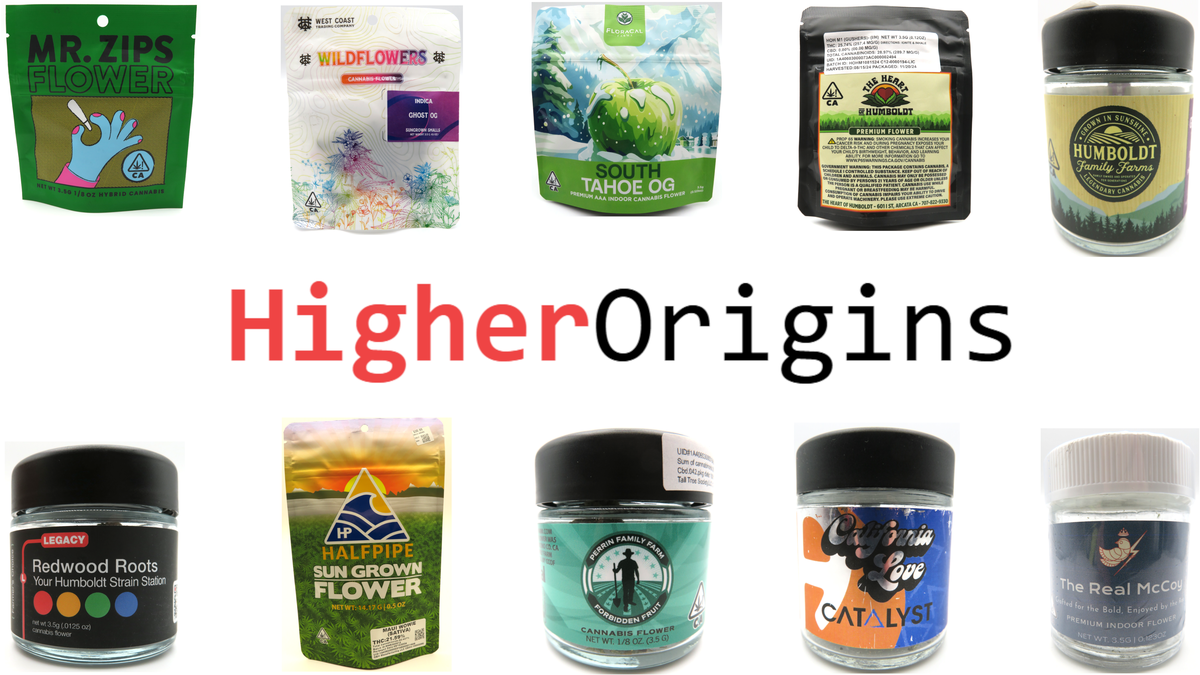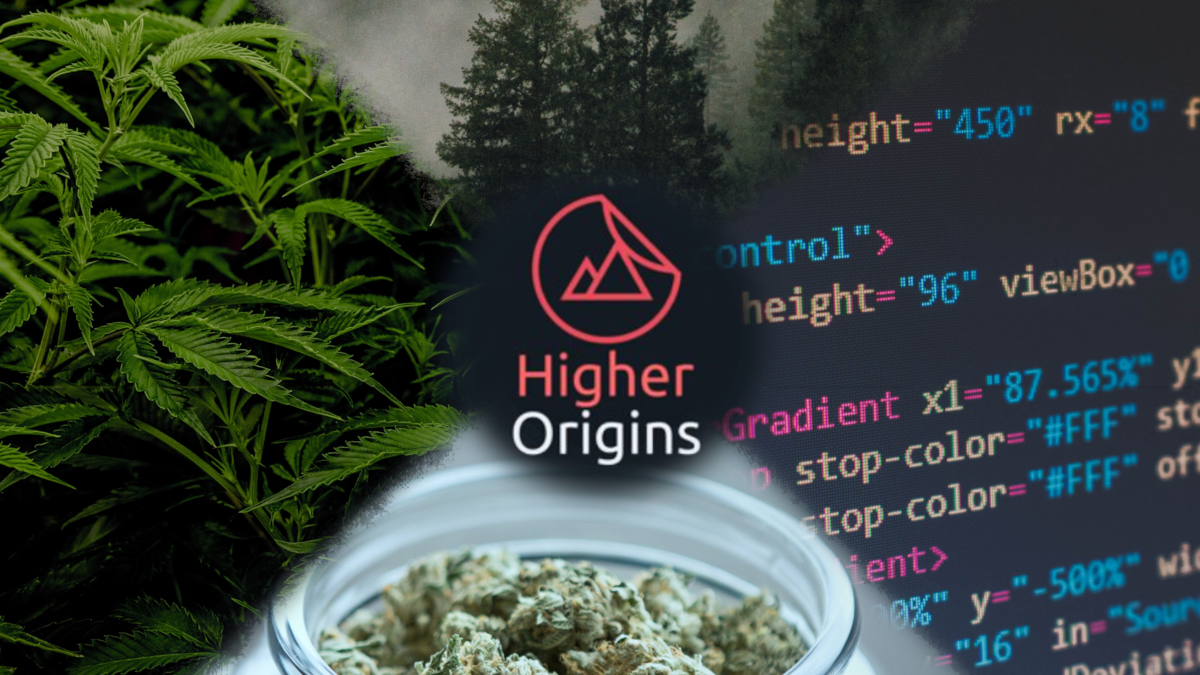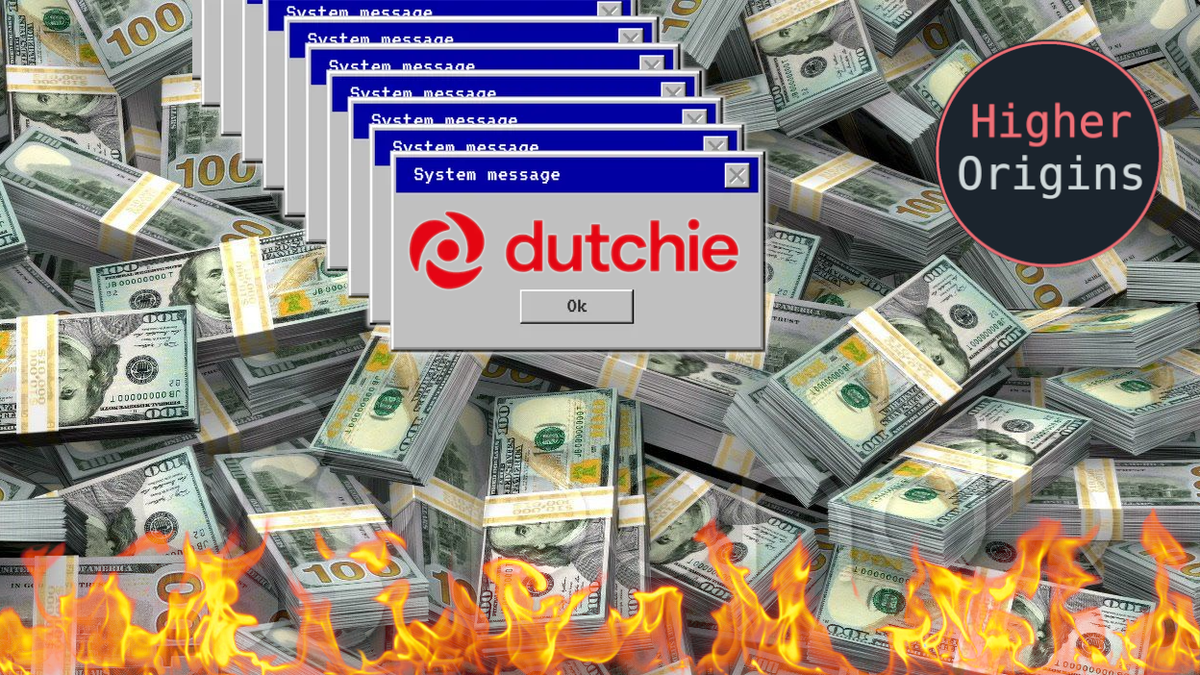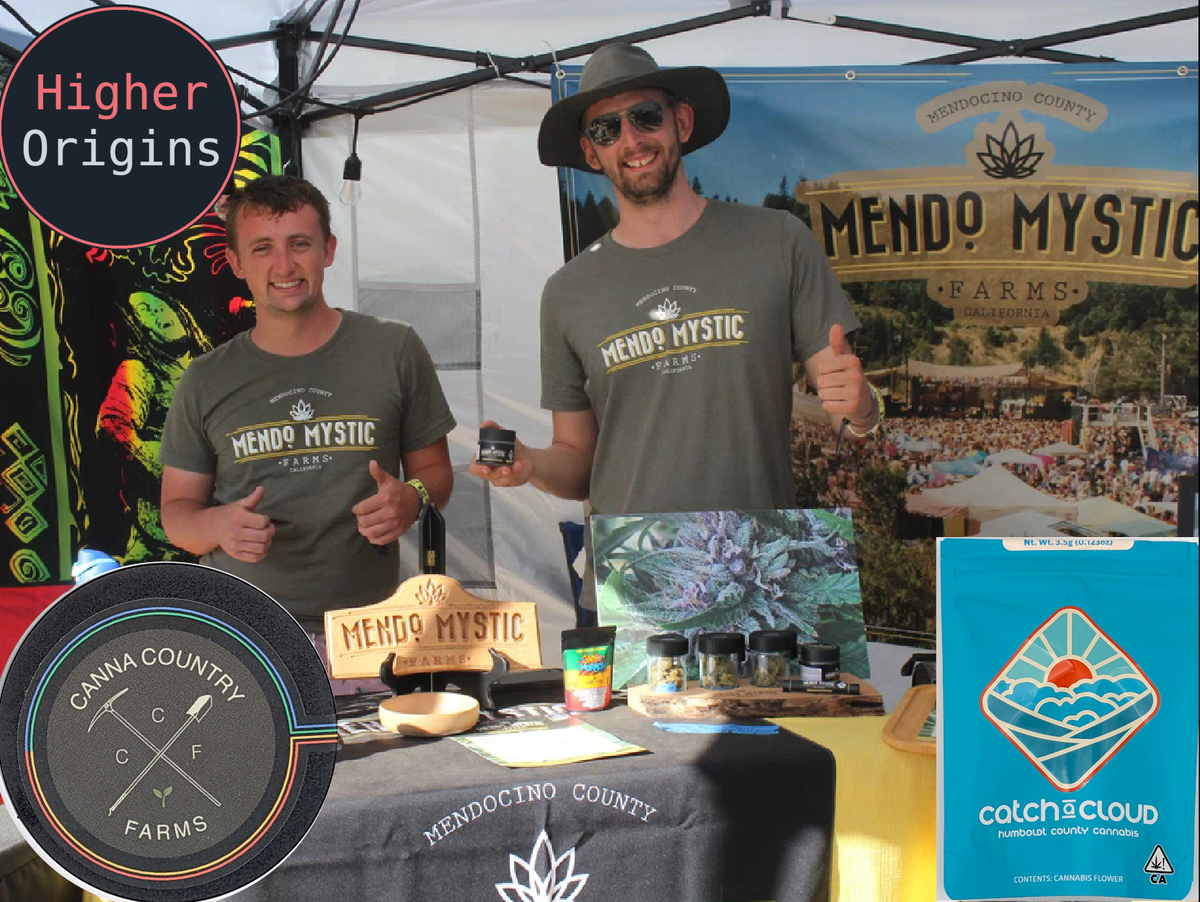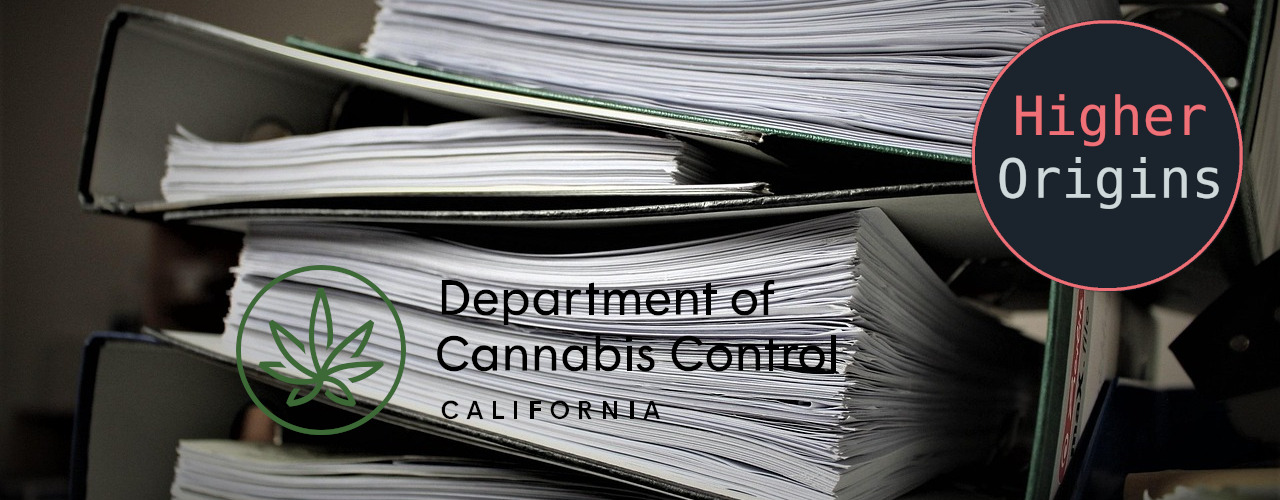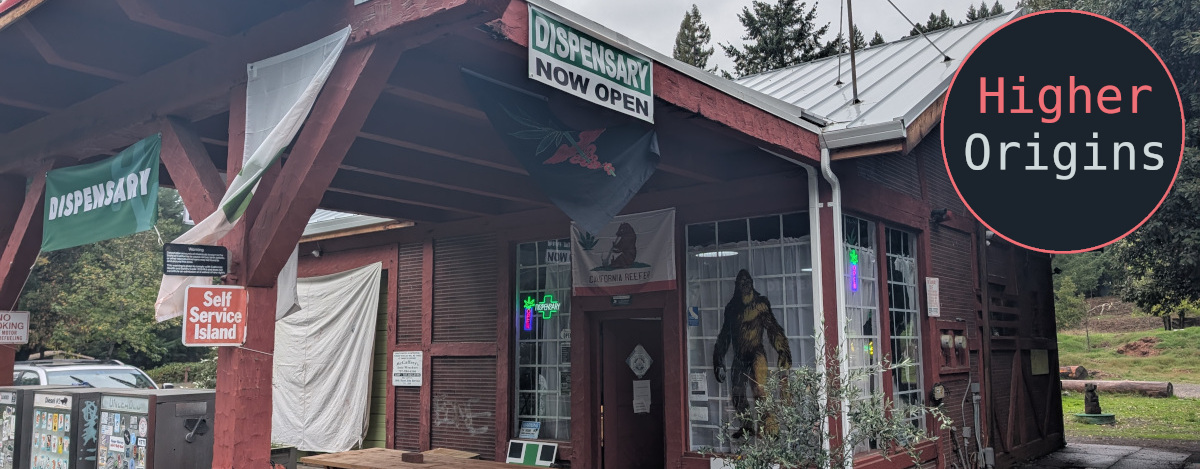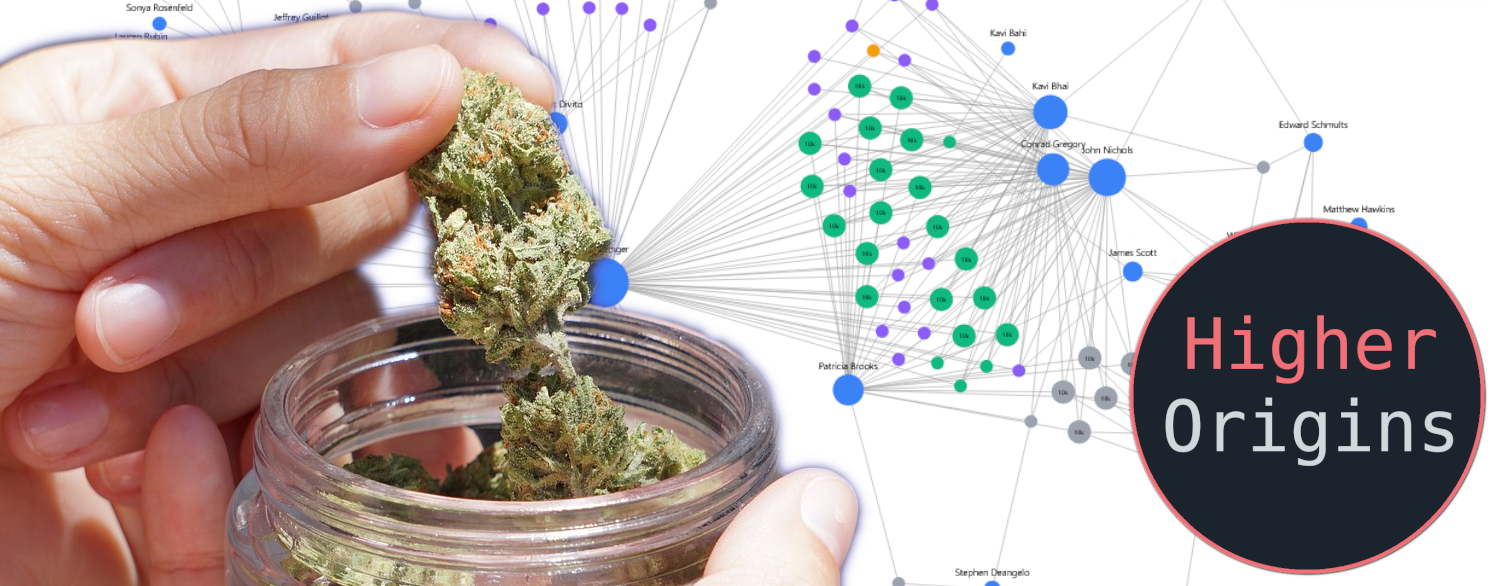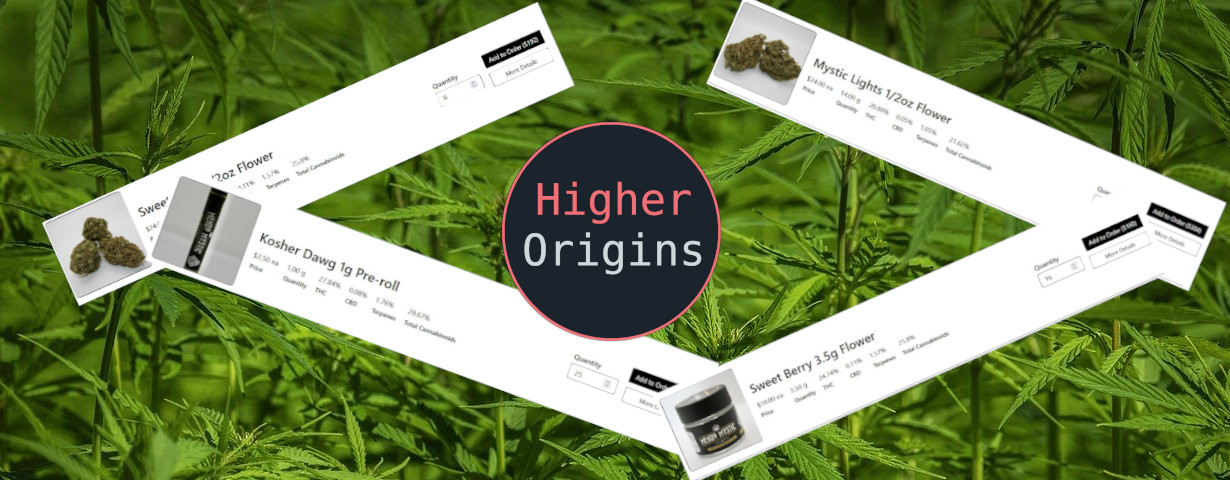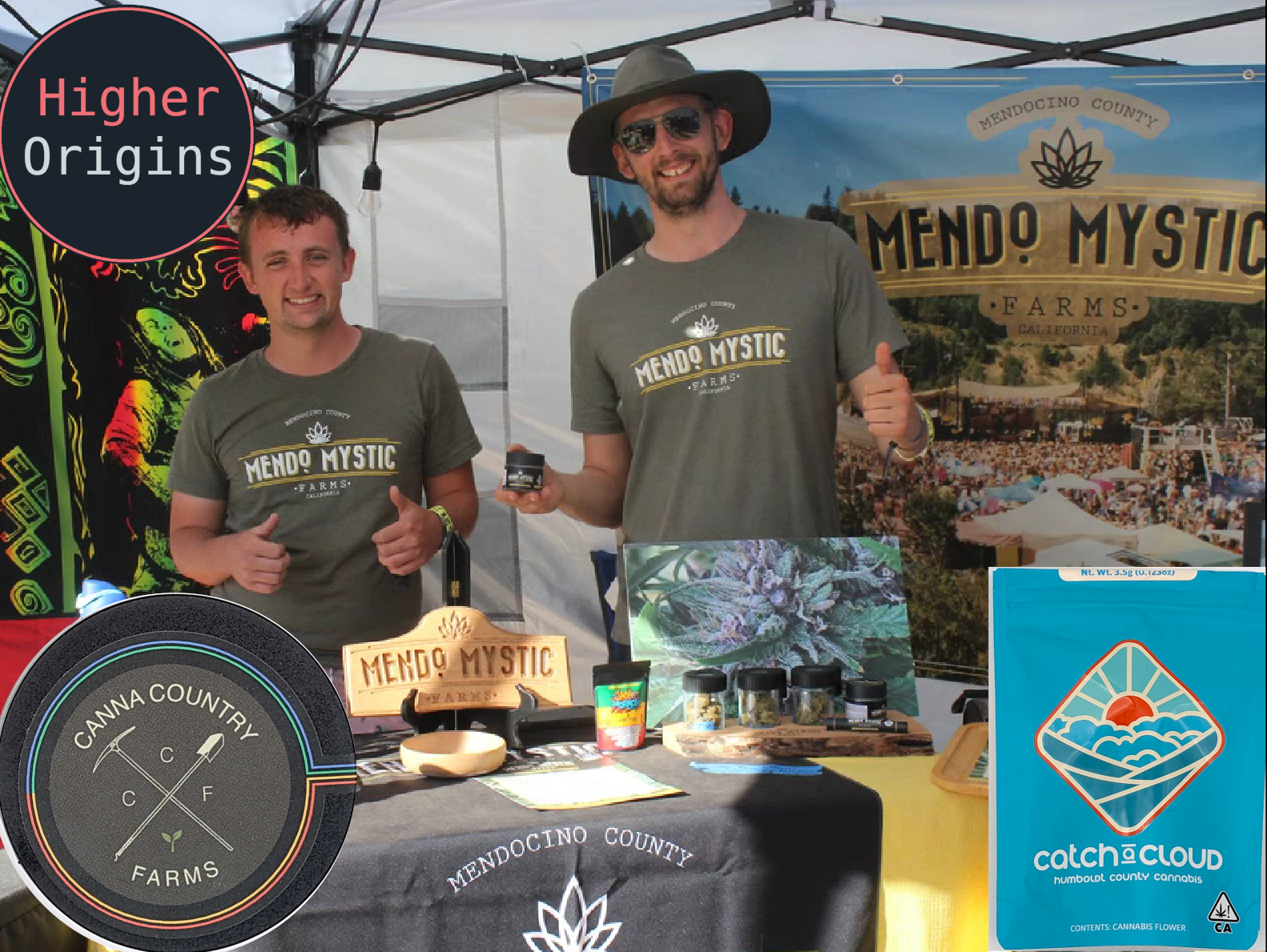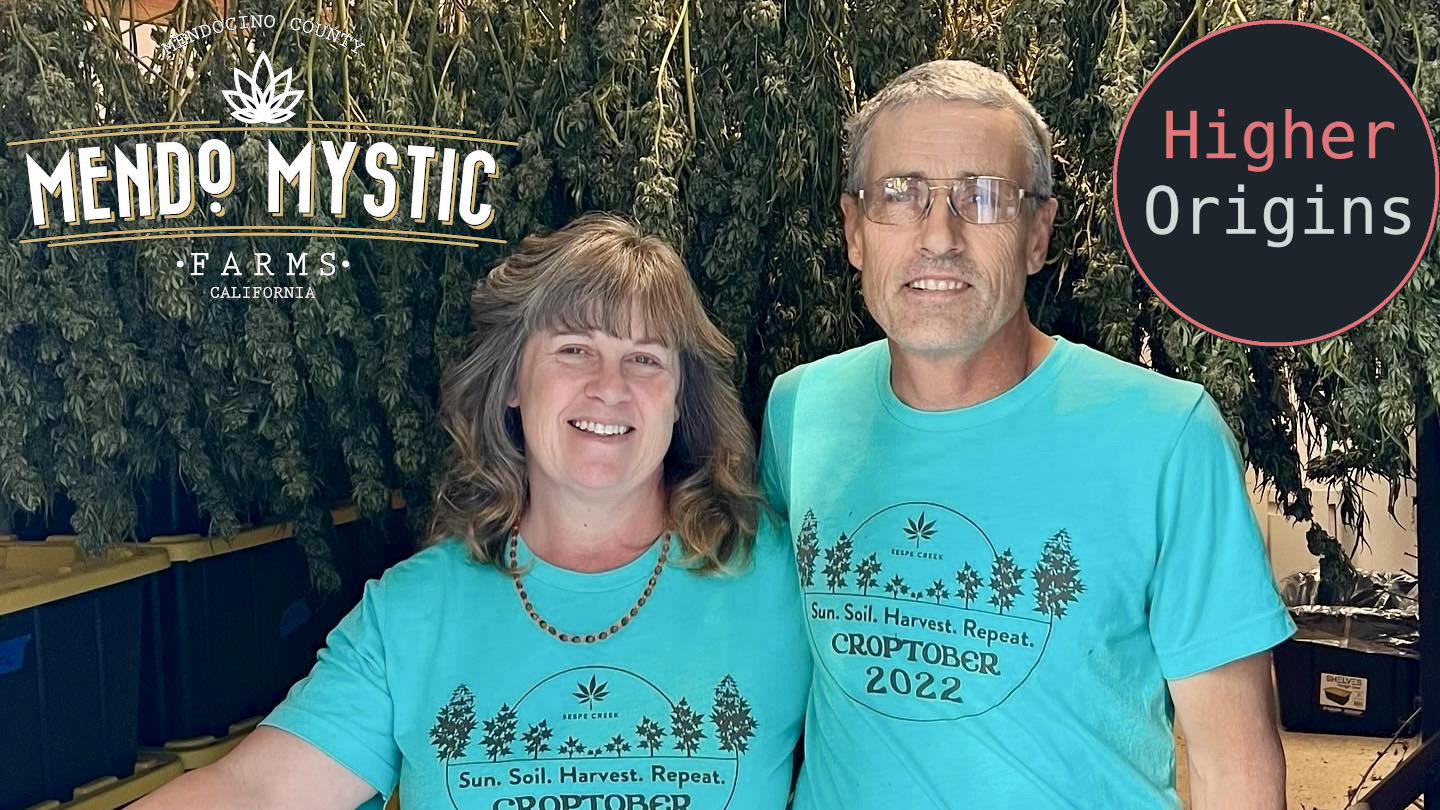Recently, a battle of claims and lawsuits has broken out between Glass House and Catalyst Cannabis. While lawsuits in cannabis are common, this case stands out due to the size of the parties involved and the severity of allegations. Among other things, Catalyst is claiming that Glass House is operating the largest black-market sales operation in the history of the industry. Glass House of course is counter suing Catalyst for defamation. Here, we give a breakdown of the players in the case, summarize the allegations in question, and provide our perspective on this legal battle.
Glass House:
Glass House Farms is the largest cannabis producer in California. The company was founded in 2015 by tech veteran Graham Farrar and ex-police officer Kyle Kazan. They started with a smaller location in Carpinteria and expanded into their new main facility in Camarillo. This main location is a huge 5 million ft2 glass greenhouse facility, originally built to grow vegetables. Currently, they are scaling this grow facility, with around 1.5 million ft2 being used for cannabis, and the other 4 million ft2 still being used for vegetables. They intend to convert an additional 1 million ft2 by the end of 2023 which they predict will deliver an additional 250,000lbs of product annually. They also operate the Farmacy retail chain, with 5 main retail locations, and several more affiliated locations statewide, including an Element 7 dispensary obtained as the result of a lawsuit. The Glass House Brands family of brands encompasses the top 5 best-selling brands in the state. Glass House is funded through a variety of large investment capital firms, and trades on both the Canadian and US over-the-counter exchanges.
Catalyst:
Catalyst Cannabis is a retail-only company currently operating 18 locations throughout California. Known for their Catalyst Cares community charity program and their outspoken CEO Elliot Lewis, Catalyst has been growing rapidly the past few years and is becoming one of the more well-known retailers in the state, with the potential to become the second largest. Founded in and based in Long Beach, Catalyst has long been known for filing high profile lawsuits against cities to defend their locations against corruption or mistreatment by authorities. The workforce of Catalyst is proudly unionized.
Catalyst CEO Elliot Lewis challenges Glass House
Starting on May 15th, Lewis released the first social media video in which he leveled claims against Glass House. Below we summarize his claims from the relevant videos in order. These summaries are entirely of Lewis’/Catalyst’s claims and opinions and are in no way the position of Higher Origins or any of its staff.
Video 1: Lewis' initial claims
California had ~1.343 billion dollars in taxable retail cannabis sales in Q4 2022 (1)
An estimated ~50% of those taxable sales are flower, with a value around 650M$*
Glass House claimed 75,344 pounds of Equivalent Dry Weight in Q4 2022 (2)
Glass House claimed they sold 66,000+ pounds in Q4 2022 (2)
Based on the ~50% estimation, half of that poundage is in flower.
Lewis demonstrates the following math:
66,000lbs (of total biomass) X 50% = 33,000lbs (of flower)
33,000lbs X 128 8ths X 25$ average retail price per 8th = $105M in sales
$105M statewide flower sales ÷ $650M estimated flower sales = 16.2% of statewide sales.
The idea that Glass House made up 16.2% of statewide flower sales in Q4 2022 is “unbelievable”.
Glass House “On a good day” consists of 4% of statewide sales.
The remaining ~12%, or 75% of the flower output of Glass House farms must be sold illegally.
Burner distributors are moving Glass House cannabis in bulk onto the illegal market.
Glass House is illegally selling 100,000 lbs of cannabis.
Glass House’s black-market sales fund their legal business.
Video 2: Clarification of claims
Lewis clarifies that his math shows he was calculating what the retail tax value would be if all wholesale Glass House output translated to legal retail output and compares that to the State’s numbers for total retail taxes.
Lewis clarifies his point that if all claimed Glass House output was sold at taxable retail, Glass House would make up what he calls an “unbelievable” portion of the market.
Lewis claims that the mismatch between his calculated value of Glass House’s market share and their actual value is evidence of illegal sales.
Lewis reruns his math as follows, using 40% as his estimate for flower market share:
40% of $1.343B is ~$520M**
66,000lbs (of total equivalent dry weight) X 50% = 33,000lbs (of flower)
33,000lbs X 128 8ths X 25$ average retail price per 8th = $105M in sales
$105M statewide flower sales ÷ $520M estimated flower sales = 20.2% of statewide sales.
The idea that anyone has 20% or even close to that percentage of market share is “ridiculous”.
Based on 8ths, with an estimated production yield of 40% big flower, 40% trim, and 20% small flower, and smalls and bigs are mixed in the 8ths to balance the weight, Lewis believes his initial estimate of 50% of production going to 8th jars is still reasonable.
People saying his math is wrong because 8ths are 10-15$, not 25, are wrong because those are wholesale prices, and his 25$ estimate is based on retail prices.
His initial estimate of Glass House’s 4% market share factored in white labeled production, and that he thinks Glass House’s actual retail market share for their own branded product is between 2 and 3%.
Video 3: Damian Martin supports Lewis
Lewis brings in the Co-Founder and attorney of Catalyst: Damian Martin.
Martin reiterates Lewis's claims about Glass House’s illegal behavior.
Martin doesn’t use numbers, but he speaks to and compares the social standings and behaviors of glass house and Catalyst, while fully supporting Lewis’ claims.
Filed lawsuits
Higher Origins staff do not have legal training, and therefore we are not qualified to interpret official legal filings. We let the text of these suits speak for themselves. Special thanks to Green Market Report for being one of the only media outlets to transparently distribute the lawsuits, please support their journalism.
On June 6th, Catalyst filed a lawsuit against Glass House
On June 20th, Glass House filed a countersuit against Catalyst
Video 4: Lewis’ response to the countersuit
Glass House’s countersuit is a “non-denial denial” of his allegations, and the countersuit only relies on “METRC and platitudes” rather than directly disproving his claims that a large percentage of their market is ending up on the illegal market.
The one part of the lawsuit that Lewis finds offensive is that Glass House is calling Catalyst competition, stating that because GH is “trying to take the whole fucking market” while Catalyst just wants “a small segment” that they are not competitors.
Glass House loses an estimated 40-50 million dollars annually on their total legal activities, and any illegal sales Glass House is making only allows them to barely break even. He goes on to call Glass House's alleged operations the “worst model in history” and hopes they open more retail locations, so they lose more money.
During the discovery phase of the lawsuit, Catalyst will call witnesses, subpoena METRC records, and reveal information on the dealings between Glass House and Axiom Advisors, as well as a contract from a social equity applicant that Glass House tried to “gut like a pig”.
Video 5: Further clarification of numbers
In the 2021/2022 fiscal year, California sold ~6 million ounces of dry flower (~375,000lbs), and ~5.1 million ounces of trim (~320,000lbs), for a total of ~695,000lbs. (3)
Fresh frozen cannabis makes up a percentage of the state production, but Lewis doesn’t believe it qualifies due to how it is reported, and even if it does qualify, he believes that it doesn’t meaningfully change his point that the numbers are “super fucked up”.
Glass House claims that in 2023 they intend to produce 315,000lbs of cannabis. (4)
This 315,000lbs makes up ~45% of the ~695,000lbs produced in the 2021/2022 financial year, something that Lewis finds crazy.
Compared to the same numbers for the 2020/2021 market peak, for that year the percentage is “about 21-22%”. ***
Glass House is being turned a blind eye by their government cronies and therefore can take whatever market share they want through illegal means.
Lewis references Glass Houses intent to add another million square feet of cultivation (4), and wonders where it can possibly be sold legally, asking “where are you gonna put it?”
Higher Origins take on the story so far:
Put simply, there are a LOT of variables going into the equation of Glass House’s retail market share, their profit, and their production capacity. In our opinion, while Elliot’s math is simplified, it does point to a clear lack of industry transparency that could provide a breeding ground for illegal activity. Naturally, Elliot is extremely experienced at cannabis retail, and understands margins, demand, and market share more than we do, so the assumptions he has made are not ours to question. However, in our limited perspective, there are a few factors that we think should be addressed that could cast more clarity on the allegations, which haven’t yet been clearly discussed so far in this legal saga.
Delay to market
Just because cannabis was sold by Glass House in a certain quarter, doesn’t mean it all gets sold as taxable retail products in that quarter. Product can count as “sold” on Glass House financial reports, yet still be in a warehouse, packing facility, or retail backroom for months at a time before it gets processed through a point of sale at a retailer and turns into a CA taxable event. Ultimately, when Lewis is comparing Glass House’s “sold” poundage to taxable sales within the same quarter, there may be some margin of product that doesn’t fit nicely into that three-month time frame, depending on the supply chain in which it was sold through.
Wet weight
Something that Lewis briefly mentioned is that Glass House reports their product weights as “Equivalent Dry Weight.” They define this as including “all dry production (flower, smalls and trim) plus equivalent dry weight for wet weight and fresh frozen not converted into dry weight by the Company.” This does make sense as a nice even number for them to use on their quarterly reports, however, this is vague, because moisture loss can be a huge component of weight. Depending on the variety of cannabis, the humidity, and when the weight is recorded, weights can vary significantly. While we assume Glass House maintains an SOP process to standardize their weighing of material, poor process control and natural variation can still create a significant weight error, especially with the huge crop size in play here. While we strongly doubt that wet/dry weight errors could explain away the huge discrepancies that Lewis is claiming are evidence of illegal activity, we consider it plausible that they could contribute to a marginal error. Ideally, we believe that it would be a good step towards transparency for Glass House to publish their wet/dry ratios. Since METRC data should contain this and Lewis says he will subpoena this information during the discovery process, these numbers may come into play in the case.
Discounts and market conditions
Not every pound or eighth sells at a good market price, especially in today’s cutthroat discount wars. Retailers may drop old inventory to rock bottom prices to get it out the door, wholesalers may offer promotional packs to retailers for next to nothing to achieve market penetration, and products can expire in warehouses or on inventory shelves. All this is to say that weed that gets to retail, either directly from Glass House or through a wholesaler network, may not actually sell at all, or if it does, nowhere near Lewis’ 25$ average. On their personally branded weed, Glass House also has the economies of scale to lowball their prices to drive out other smaller brands as well, cutting that 25$ even lower. These factors for lower pricing may decrease the actual tax value percentage of Glass House’s cannabis in the state numbers. It is important to note that in the official lawsuit, Catalyst revises the 25$/eighth estimate from Lewis’ videos down to “22$ for big flower and $12 for small bud flower.” While these revised numbers do drop the overall theoretical market value, they still leave a massive sum of sales for Lewis to base his claims on.
The bottom line
Ultimately, the factors of lower-than-average price, wet/dry weight discrepancies, and delay to market could plausibly explain a certain percentage of the mismatch between sales and market share that Lewis is basing his allegations on. That said, the presence of factors that could contribute to the margin of error one way or the other doesn’t prove or disprove the claims of either party in this case without further evidence. We must wait and see if Lewis and Catalyst can bring in extraordinary evidence to prove these extraordinary claims, and if subpoenaed information can paint a clearer picture of the inner workings of Glass House.
Why Higher Origins is documenting this case:
Simply put, the smaller farms that founded the cannabis industry are our focus, and current market conditions make these small farms vulnerable. Any huge operator in the state with the ability to depress market pricing and flood out smaller brands is in competition with the cultural roots of the small farming industry. The far-reaching economic impacts of Glass House or any other huge farm’s operations pose an indirect threat to the livelihoods of our customers, friends, and neighbors. A small farm looking to break into retail at any scale might as well be trying to reach the top of Mt Everest in the current economic model. Therefore, a case challenging the legitimacy of the largest farm in the state is very much something that could positively affect our stakeholders if the allegations it is based on happen to be true. Our readers want to know about this kind of thing, and we must provide.
We have no idea if Lewis’/Catalyst’s allegations are true, however we look forward to any details that may come out in discovery. If he can’t solidly prove these claims with facts in discovery, the court may well find Glass House’s suit for defamation justified. Extraordinary claims require extraordinary proof, after all. We feel that reporting on and “checking the homework” behind these claims helps provide a simple third-party source for people to interpret the situation as they see fit.
Comments
We reached out to both Catalyst and Glass House for comment. Glass House did not respond in any way. Elliot Lewis responded, and had the following comments:
On questions he wants Glass House to answer:
1) Where is the hole in his (Elliot’s) math?
2) How much legal market share do you think you have?
3) How do you plan on selling another 1m feet of canopy legally?
On product taking time to get to retail:
“Of course there is lag time, but if you spread it out over quarters it still plays out.”
On wet weight vs dry weight discrepancies:
“Water weight is not a real issue here, if it is, it’s minimal.”
On Martin’s involvement:
“As far as staff, Damian Martin, who got named personally, said “It was an honor brother to be named with you in this litigation.””
On the chances of a successful subpoena of METRC data:
“The state will never let us get the METRC, nor will Glass House. That’s the undeniable truth. According to METRC employees it’s easy to track. I hope they really want to know but my guess is they fight kicking and screaming.”
Do your own research, walk softly, and carry a big stick
-The Higher Origins Team
Sources:
https://www.cdtfa.ca.gov/dataportal/dataset.htm?url=CannabisTaxRevenues
https://cdtfa.ca.gov/dataportal/dataset.htm?url=CannabisTaxCultivationExciseRevenue
Footnotes:
*In actuality, 50% of the taxable sales for that quarter is $671,532,169. Lewis’s 650M$ estimate is actually 48.4%.
**In actuality, 40% of the taxable sales for that quarter is $537,225,735. Lewis’s 520M$ estimate is actually 38.72%.
***This percentage checks out. In the 2021/2022 financial year from the same CDTFA chart, there was 1,477,420lbs combined of dried flower and trim. 315,000 / 1477,420 = 21.32%
